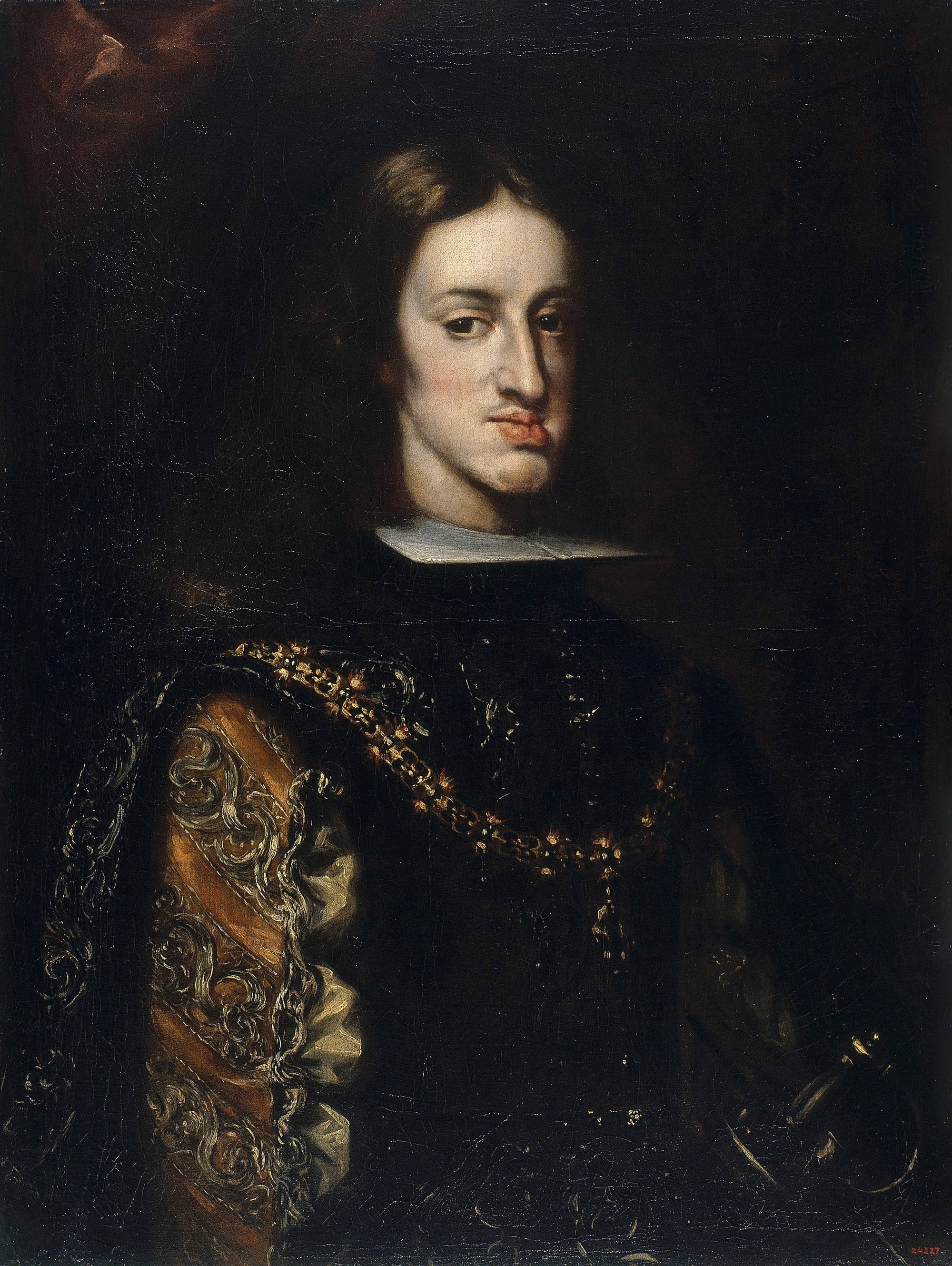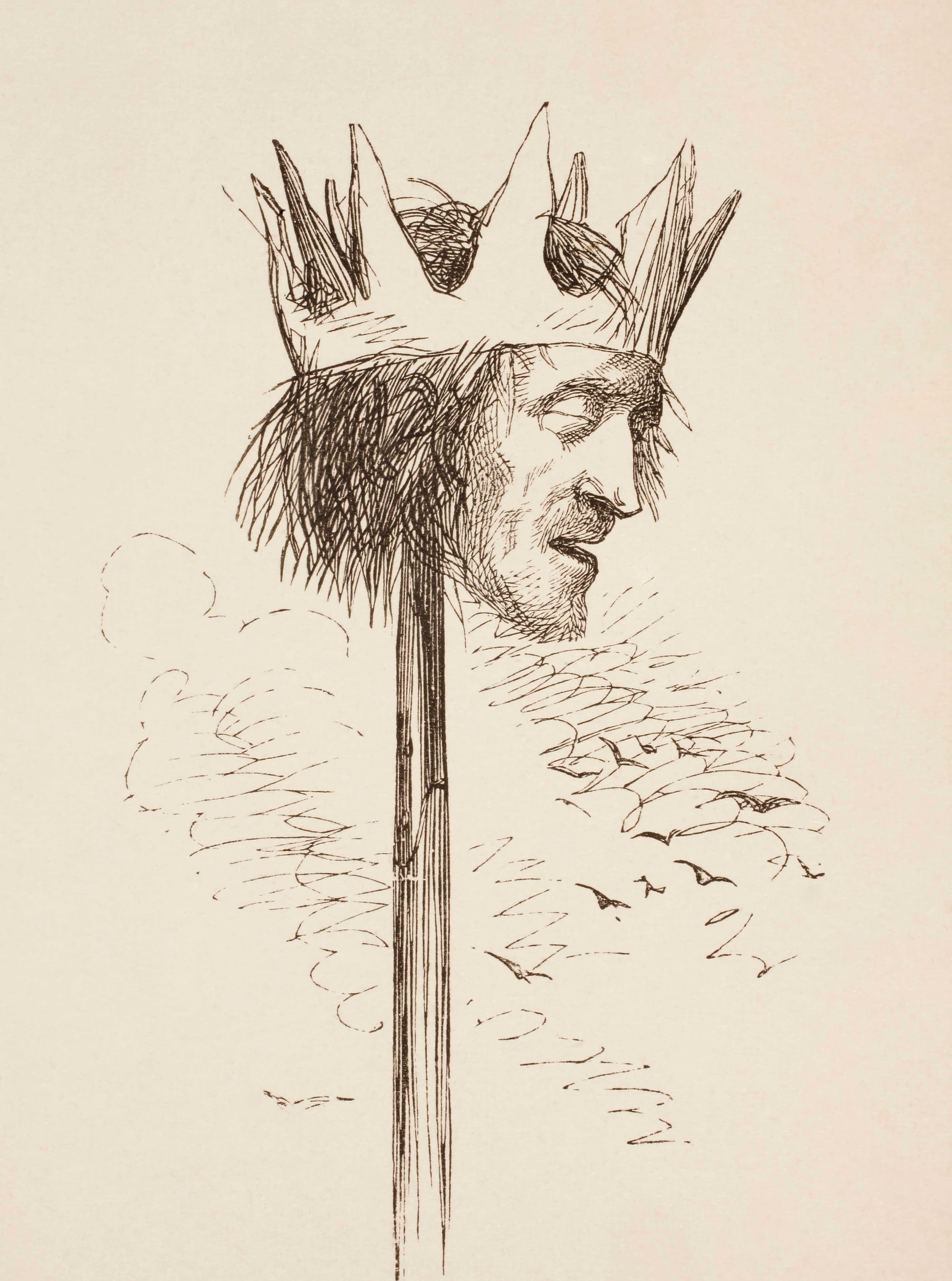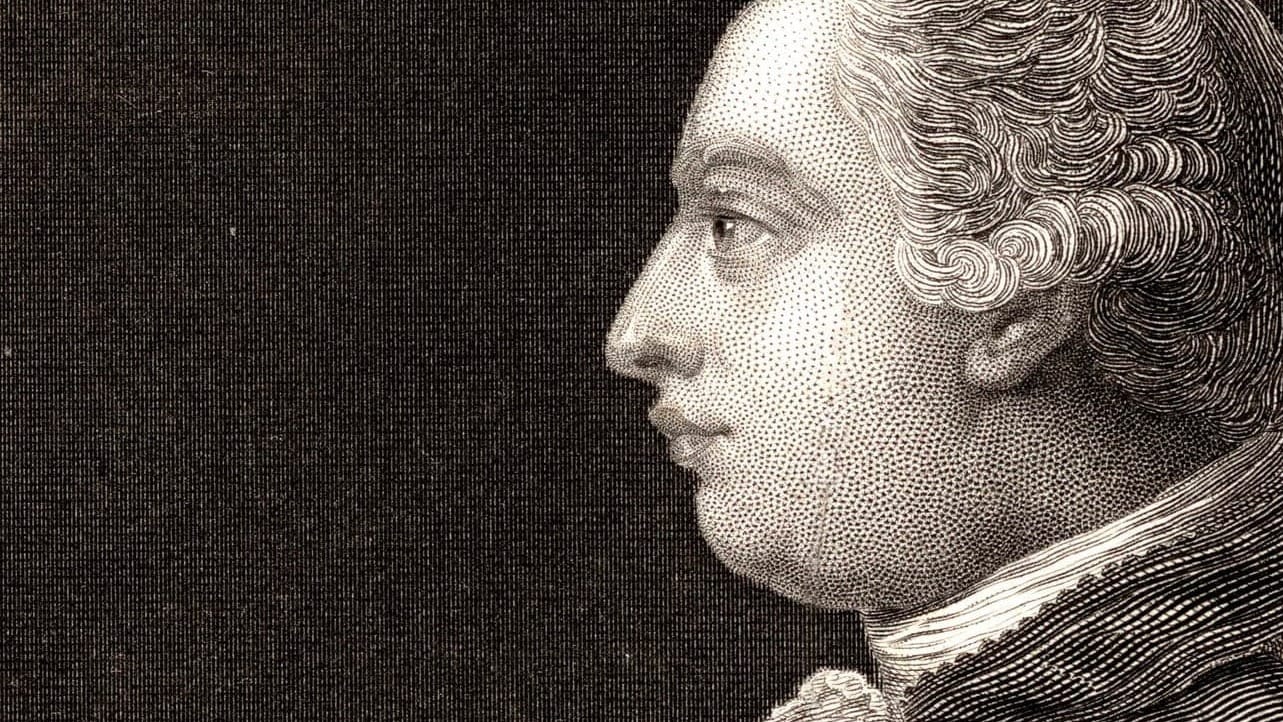Royal Flush
Indignity Vol. 4, No. 110

A Pictorial Refresher on Monarchy
Indignity Getty Image Roundup for June, 2024
TO BRING YOU the finest in relevant news photography and illustrations, Indignity subscribes to a plan through Getty Images. We are paying Getty for approximately a dozen images each month. Whatever's left over will dissolve into digital dust, and so, with gratitude to our paid subscribers, and a freedom-loving Independence Day Holiday Weekend invitation to our unpaid subscribers to join the paid ones—we are using our remaining inventory to bring you the latest edition of our long-running END-OF-MONTH GETTY IMAGE ROUNDUP.
In honor of the Supreme Court majority's endorsement of absolute immunity, and the Supreme Court minority's reminder that people with absolute immunity were one of big things our national forebears got fed up with 248 years ago this week, we present a very special Indignity/Getty gallery of KINGS:









Thank you for your interest, and/or your financial support, and/or your reading Indignity, or at least looking at the pictures.

SIDE PIECES DEP'T.

LAST WEEK, FOR Defector, I wrote about the presidential debate and what both candidates had shown the viewers:
The freakout about Biden's performance was built on a paradox: What made his weak showing so appalling was that the other candidate on the stage was so obviously worse. Trump was a seething, jabbering fool; he lied reflexively and ridiculously; he couldn't or wouldn't absorb the meaning of the moderators' questions, ignoring their topics to litigate old grudges or repeat his earlier rants about his opponent or spill more MAGA esoterica. Asked about one of his own new, bold campaign promises, his pledge to deport the country's millions of undocumented immigrants en masse, he waved off the question to brag about killing Abu Bakr al-Baghdadi and Qasem Soleimani. Asked what he would do about the opioid epidemic, he started talking about how Biden is "paid by China" and is "the Manchurian Candidate."

For Air Mail, I reviewed When the Clock Broke: Con Men, Conspiracists, and how America Cracked Up in the Early 1990s, John Ganz's look at a stretch of history in which the forces behind our current berserk moment gathered strength and purpose:
[A]fter spelling out the premise of the book—that today’s Republican Party is controlled by “figures and ideas that once would have been considered fringe”—Ganz lets the happenings of history speak on their own terms, re-invested with the energy and ridiculousness of current events, trusting the reader to hear the alarming echoes and harmonies.
Thus he describes a focus group of “white, blue-collar swing voters” convened by the opponents of David Duke, the Klansman and neo-Nazi turned Louisiana state legislator, as he mounted an alarmingly energetic campaign for governor in 1991: asked about “a hypothetical candidate who had dodged the draft, avoided taxes, had plastic surgery, and never held a job,” the voters were disgusted—until they were told that the candidate was Duke, at which point they “grew testy and defended him.” According to Ganz, one woman said, “Only dumb people pay taxes.”
Ganz does not bother pointing out that this is also what Donald Trump would say, much later, about his own tax dodging. The story stays right there in the early 90s, as the moral and mental habits of those benighted Louisiana voters—and the politics that go with them—work their way outward and upward from Duke through the national media to the 1992 presidential campaign of Pat Buchanan and onto the stage of the Republican National Convention.

OUTSIDE READINGS DEP'T.

YESTERDAY, I WROTE about how none of the people calling for Joe Biden to be replaced have even a vaguely plausible idea of how to make it happen. Today, the Nation's John Nichols published an interview with the pollster and longtime Democratic National Committee member James Zogby, in which Zogby at least took a stab at proposing a way to do it. Instead of waving generally at the idea of having an open party convention pick some new nominee out of the blue, Zogby offered ideas about how to formally set up a process of deliberation and candidate selection before the convention, to give the convention itself some structure:
The Democratic National Committee should convene an emergency meeting. It would only occur after the president decided not to run. The DNC members would lay out a process whereby candidates would be able to run if they get 40 elected Democratic National Committee, from the four regions of the country that are recognized by the DNC, to sign endorsement petitions supporting them.
The requirement that they get 40 DNC members to sign, and that they get at least some signatures from regions other than their own, would demonstrate that they have at least some national appeal, which is important. The signatures would then be certified by the DNC secretary. And then the campaigning would begin. There would be an intense month of activity, leading up to the Democratic National Convention, where then there would be normal nominating speeches and then seconding speeches and then votes on the floor.
It wasn't especially persuasive—it still began with the idea that Biden would somehow change his mind and step aside—but it was more than nothing. Still, Zogby chose to imagine this scenario as an uplifting and productive spectacle of democracy, rather than as an opportunity for catastrophic conflict, even though he described himself as "furious" at Biden about his Middle East policy.
And his best-case vision of the convention was built around what sounded like a grave tactical error:
It would create real energy within the Democratic Party and around its nominee. This would be a complete break from what we’ve seen at recent conventions. Instead of the networks giving the convention an hour or two, where most of the hosts just talk to one another, they would have reporters on the floor: talking to delegations, reporting on unexpected developments, identifying emerging coalitions. It would be an event; the biggest political event of the year. And while it was going on, it would be “Donald Who?” No one would be paying attention to Trump.
For someone whose thinking was shaped by last week's debate, that last part seemed completely wrong. The strongest thing the Democratic Party has going for it is that Donald Trump is incredibly repulsive and totally unwilling to reach out to anyone outside his fanbase. The more people see of him, the more they remember how miserable it was to have him on their TVs every day.

Anil Dash, in his ongoing exploration of what systems do, wrote a helpful post about how billionaires simply don't have the same understanding of money that other people have—rather than a limited supply of money you have to think about how to spend down, a billionaire has "just a hose of dollars that you can point at anything that isn't suiting your preferences."
And what shapes these preferences?
It's important to understand in this context, nobody ever becomes a billionaire by mistake. They have to have really, really wanted it. Generally, they have to have wanted it more than they wanted to preserve any relationship in their lives, more than they've wanted to be happy or at peace. (Or, they inherited it and it didn't even occur to them to give it away.) You don't have to take my word for this; just look at the family relationships and friendships of the richest people in the world, and ask yourself how many of them resemble the most stable, fulfilling, rewarding relationships in your life. If you say to yourself, "I would easily give up a billion dollars to make sure my kid knows that I love them and want the best for them", then you are different than, say, the richest person in the world.

Hamilton Nolan wrote about the lessons of the latest round of destructive Supreme Court decisions for people who want to make life in this country better instead of worse:
I want to speak to the most noble part of the liberal institutionalists: to those who genuinely want a better world, and who genuinely believe that guiding America’s institutions down that path is the best way to get there, because our institutions have been painstakingly built and designed to be somewhat democratically accountable and are strong machines that can be commandeered and used for the public good. They believe that our institutions—especially Congress and the Presidency and the Courts—operate according to certain rules that provide a certain level of accessibility to all of us, and that they should be respected, and that they are where the real action is, and that our attention should be on them at all. They are the people who, when bad things happen, will tell you to vote.
What I want to say is this: Those people have been proven wrong. The evidence is in. Enough is enough. Open your eyes and look at reality. The true believers in institutionalism had a theory of power that turned out to not be true. Contrast their beliefs with the right wing’s own theory of power that produced what we are now seeing: Utterly cynical weaponization and manipulation of institutions, zero respect for their rules or underlying purpose, and an absolute willingness to do whatever is necessary to win, while changing your story as needed along the way.


This has nothing to do with anything in particular, but while I was looking up something else bird-related, I landed on this passage from the book Bird Hazards to Aircraft: Problems and Prevention of Bird/Aircraft Collisions by H. Blokpoel, published in 1976:
It is sometimes difficult to know exactly where a bird strike occurred. In one instance, a Sabena aircraft from Belgium arrived in Montreal, Canada, and on landing reported a bird strike. Later the same week Sabena reported another strike at Montreal. The airline was naturally concerned about the incidents as engine damage was extensive and costly. Remnants of the birds obtained from the engines of both aircraft were identified, and both were found to be the remains of Lapwings, a species not native to Canada but common in Belgium. What had apparently happened was that the birds had been struck on takeoff and had remained against the inlet guide vanes of the engines until a landing was made at Montreal; then, with the altered air flow during engine slowdown and reverse thrust, the birds had become dislodged and had gone into the engines and severely damaged them (250). It might seem surprising that birds would remain in a stable position during a trans-Atlantic crossing, but in a similar experience of a Canadian aircraft a duck remained against the inlet guide vanes for several hours without becoming dislodged

Bonus anecdote:
Another unexpected situation occurred after the crash of an airliner in Canada. The crash investigation team found a few feathers in the remains of the aircraft, and it was suspected that birds might have contributed to the crash. Expert examination of the feathers showed, however, that they had been drycleaned and probably came from a pillow.

WEATHER REVIEWS
New York City, July 1, 2024
★★★★ Once again the humidity was departing as the heat came in. By the time the piano tuner reached the harder-to-hear notes, the noise of the air conditioner could be shut off, and the windows that had been closed on the damp streets of morning opened to the height of the day. The clouds and the blue the clouds stood against were both spectacular. The weekend reek of rot had lifted from the Pool; the green on the water was now a bright optical phenomenon, not an intimation of death. Doves fluttered together in the shade off the balcony with a persistence that must have been copulatory. Somehow, the sky grew even bluer.

EASY LISTENING DEP'T.
CLICK ON THIS box to find today's Indignity Morning Podcast:


SANDWICH RECIPES DEP'T.
WE PRESENT INSTRUCTIONS in aid of the assembly of a sandwich selected from Mrs. Ericsson Hammond's Salad Appetizer Cook Book, by Maria Matilda Ericsson Hammond. Published in 1924, and now in the Public Domain and available at archive.org for the delectation of all.
Cress Sandwiches with Anchovy à la Brita
Sanwiches de Cresson aux Anchois à la Brita
For Six Persons
Take twelve slices of Boston brown bread and cut it out with a large biscuit cutter; spread the slices of bread with the butter, six of them cut out in the center with the star cutter. With the same cutter cut stars from slices of white bread and put the star from the white bread into the brown. Chop a half bunch of cress very fine after it has been thoroughly washed and left in ice-water to become fresh and crisp; mix it with one teaspoon of anchovy paste and one tablespoonfal of butter; spread six of the slices of bread with the mixture and put on top of each a slice that is the star. Press it down firmly, cut the sandwich out with a round cutter and decorate with a strip of butter around the sandwiches and around the star. Arrange them on a platter.
If you decide to prepare and attempt to enjoy a sandwich inspired by this offering, be sure to send a picture to indignity@indignity.net.

MARKETING DEP'T.

Supplies are really and truly running low of the second printing of 19 FOLK TALES, still available for gift-giving and personal perusal! Sit in the gathering heat with a breezy collection of stories, each of which is concise enough to read before the thunderstorms start.

HMM WEEKLY MINI-ZINE, Subject: GAME SHOW, Joe MacLeod’s account of his Total Experience of a Journey Into Television, expanded from the original published account found here at Hmm Daily. The special MINI ZINE features other viewpoints related to an appearance on, at, and inside the teevee game show Who Wants to Be A Millionaire, available for purchase at SHOPULA.












